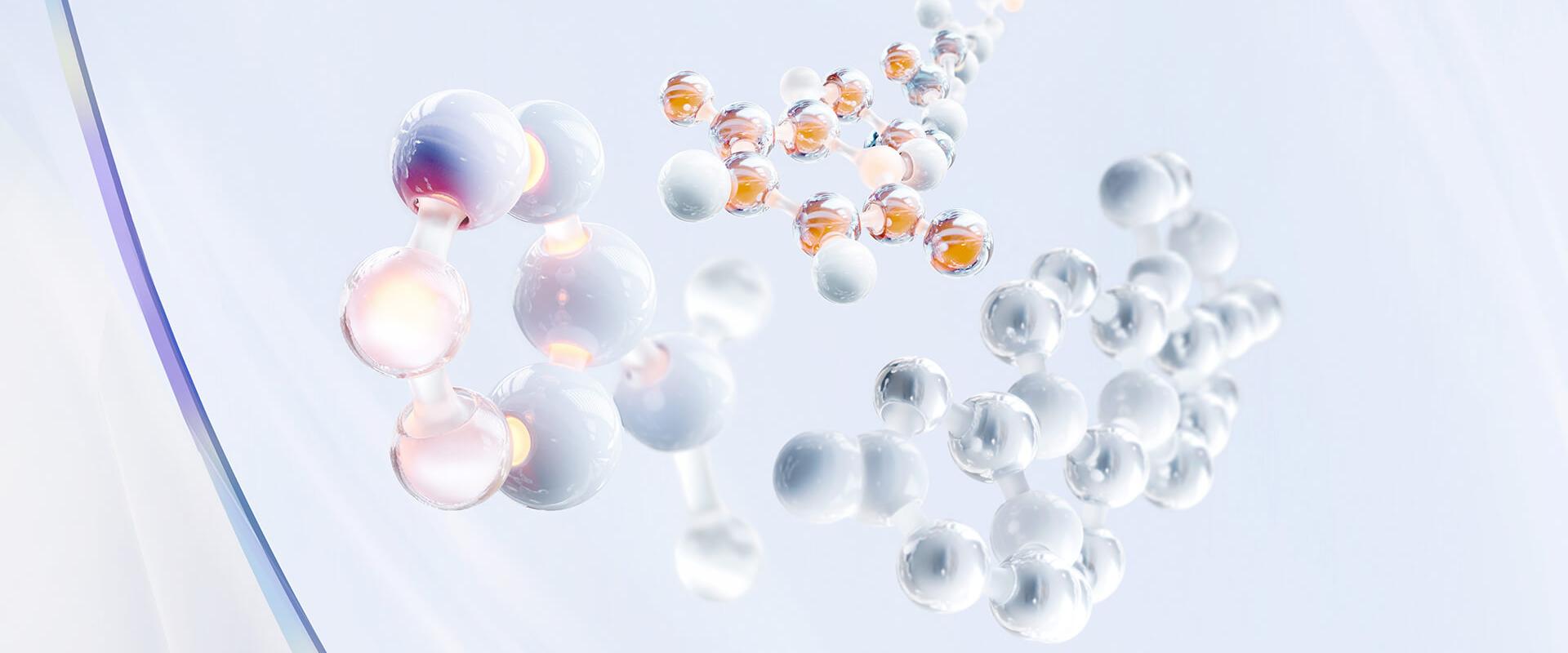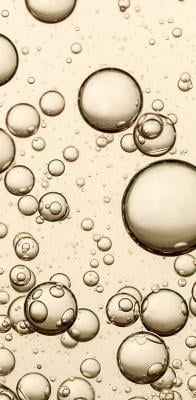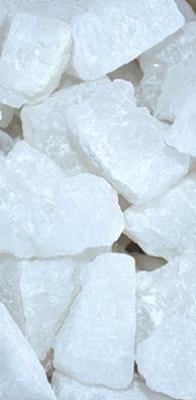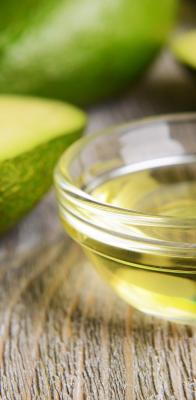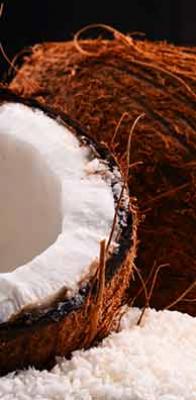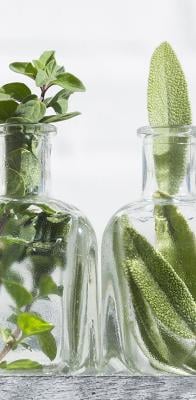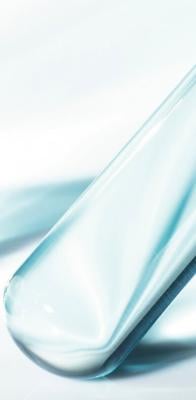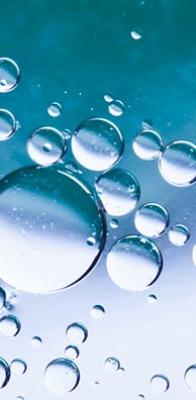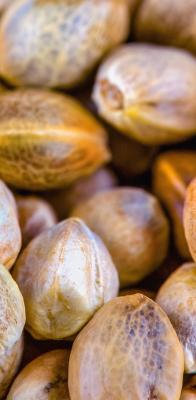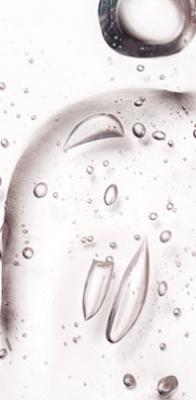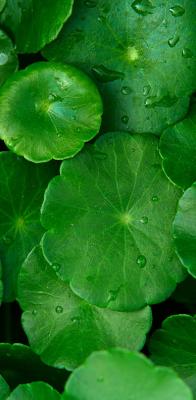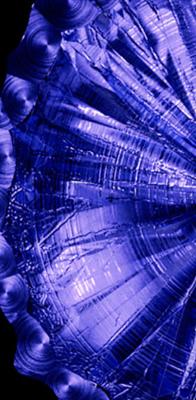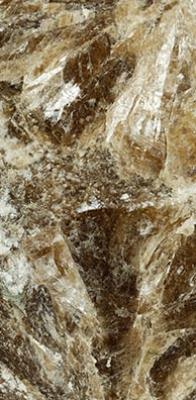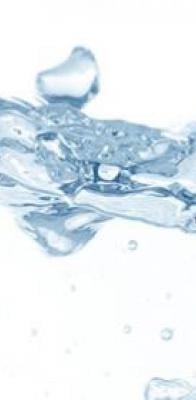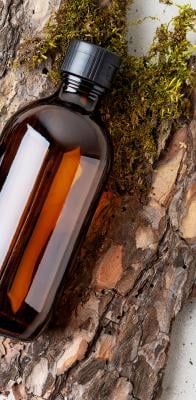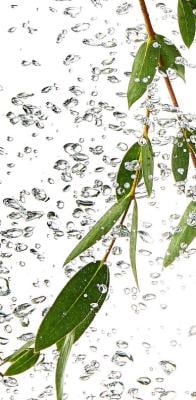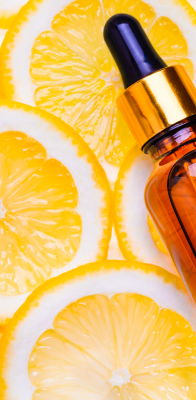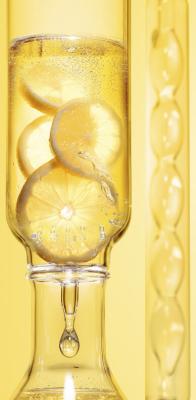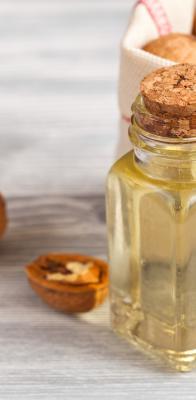What is niacinamide?
Niacinamide, also known as nicotinamide, is one of the forms of vitamin B3 naturally present in our food and our bodies, even though our bodies have difficulty synthesising it.
It is involved in the synthesis of coenzymes essential to the energy transfer processes at the heart of our cells, as well as in a number of key metabolic reactions such as those involving carbohydrates, lipids, proteins and certain hormones.
Considered an essential active ingredient in cosmetics today, niacinamide helps to reduce various skin problems, such as pigmentation marks, blemishes, acne and the signs of ageing.
It is suitable for all skin types, including sensitive skin.
The niacinamide in our products appears in the list of ingredients on the packaging under the name "NIACINAMIDE".
Where does it come from?

Originally produced by a synthetic process, niacinamide is now produced using a process that respects the laws of green chemistry*, by transforming a renewable plant resource: sugar cane.
A versatile active ingredient, niacinamide is proof that green prospects and increasingly sustainable sourcing are possible. The niacinamide obtained has a purity level of over 99%.
* process using as little energy and water as possible and generating a minimum amount of waste
What is it used for?
Niacinamide is an ingredient used to limit the appearance of redness and is appreciated by sensitive skin. It also helps combat excessive sebum production and reduce the appearance of skin imperfections.
It respects the skin barrier and helps strengthen it. Niacinamide stimulates the synthesis of collagen and skin lipids, limiting transepidermal water loss and keeping the skin firm and hydrated. These two properties make niacinamide an excellent active ingredient in products for mature skin. Because of its ability to inhibit melanin production, it is useful for hyperpigmentation problems such as brown spots.
-
Anti-hyperpigmentation properties and improved complexion
-
Anti-ageing
-
Soothes and reduces visible signs of inflammation
How does it work?
Niacinamide is an antioxidant and interacts with the skin to stimulate the coenzymes needed to better protect the epidermis against external stress. It increases the healing capacity of skin cells and improves the structure of the different layers of the skin, providing optimum hydration and regulating sebum production.
The facts:
- Niacinamide helps to reduce the pigmentation marks that can appear as a result of various factors (age, sun, hormonal fluctuations, etc.). Scientists have succeeded in inhibiting the transfer of melanin from melanocytes to keratinocytes by topical treatment with niacinamide1.
- Niacinamide contributes to DNA repair, protecting the skin from damage caused by UV rays2. Studies have demonstrated the antioxidant power of this ingredient, helping to combat photoageing of the skin.
- It stimulates collagen synthesis and helps prevent premature ageing3.
- It strengthens the skin barrier by reducing water loss and increasing ceramides and filaggrin (key components that maintain skin hydration and the barrier function) in the epidermis.
- It prevents acne by reducing sebum production4.
1 Hakozaki, T., Minwalla, L., Zhuang, J., Chhoa, M., Matsubara, A., Miyamoto, K., Greatens, A., Hillebrand, G. G., Bissett, D. L., & Boissy, R. E. (2002). The effect of niacinamide on reducing cutaneous pigmentation and suppression of melanosome transfer. The British journal of dermatology, 147(1), 20–31. https://doi.org/10.1046/j.1365-2133.2002.04834.x
2 Surjana, D., Halliday, G. M., & Damian, D. L. (2013). Nicotinamide enhances repair of ultraviolet radiation-induced DNA damage in human keratinocytes and ex vivo skin. Carcinogenesis, 34(5), 1144–1149. https://doi.org/10.1093/carcin/bgt017
3 Bissett DL, Miyamoto K, Sun P, Li J, Berge CA. Topical niacinamide reduces yellowing, wrinkling, red blotchiness, and hyperpigmented spots in aging facial skin. Int J Cosmet Sci. 2004 Oct;26(5):231-8. doi: 10.1111/j.1467-2494.2004.00228.x. PMID: 18492135.
4 Draelos, Z. D., Matsubara, A., & Smiles, K. (2006). The effect of 2% niacinamide on facial sebum production. Journal of cosmetic and laser therapy: official publication of the European Society for Laser Dermatology, 8(2), 96–101. https://doi.org/10.1080/14764170600717704
How is it used in our products?
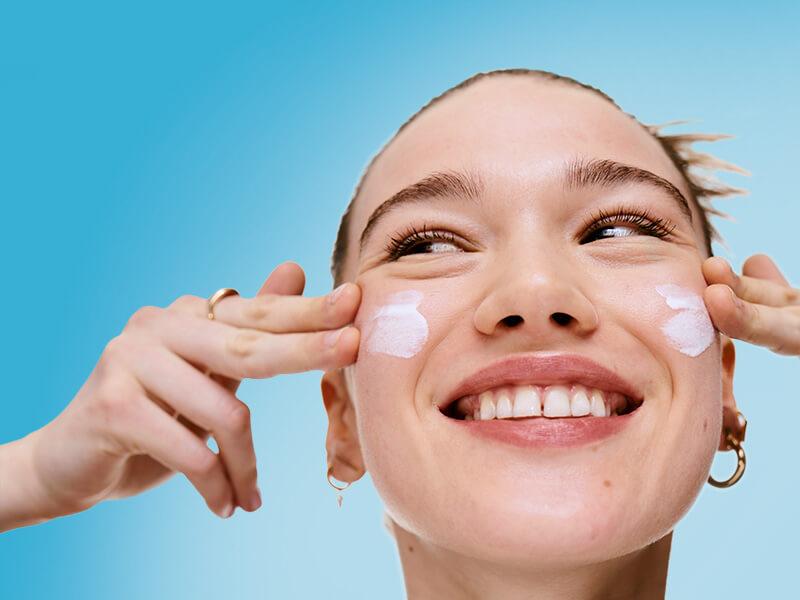
Niacinamide is used in skincare and make-up, in particular for its anti-ageing properties and ability to even skin tone. It is also found in hair products to strengthen and improve hair texture. It can be found in a number of the group's brands, including La Roche Posay, L'Oréal Paris, L'Oréal Professionnelle, CeraVe, Lancôme, Garnier, Skinbetter science, It Cosmetics, Kiehl's, etc.

